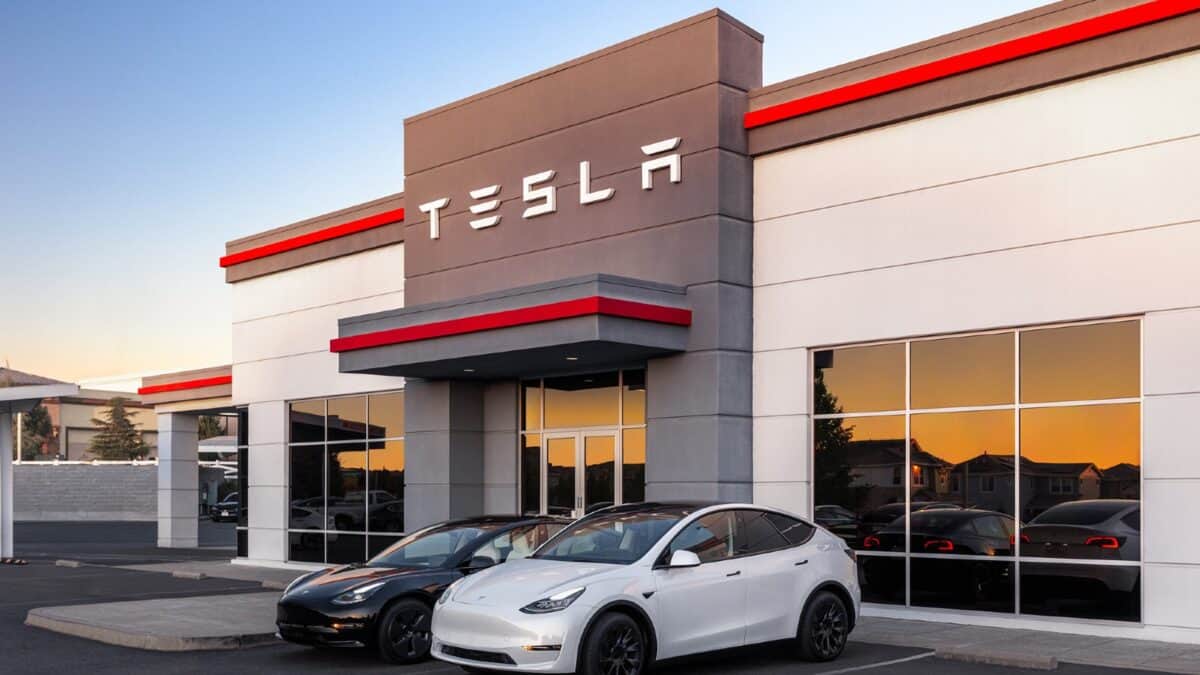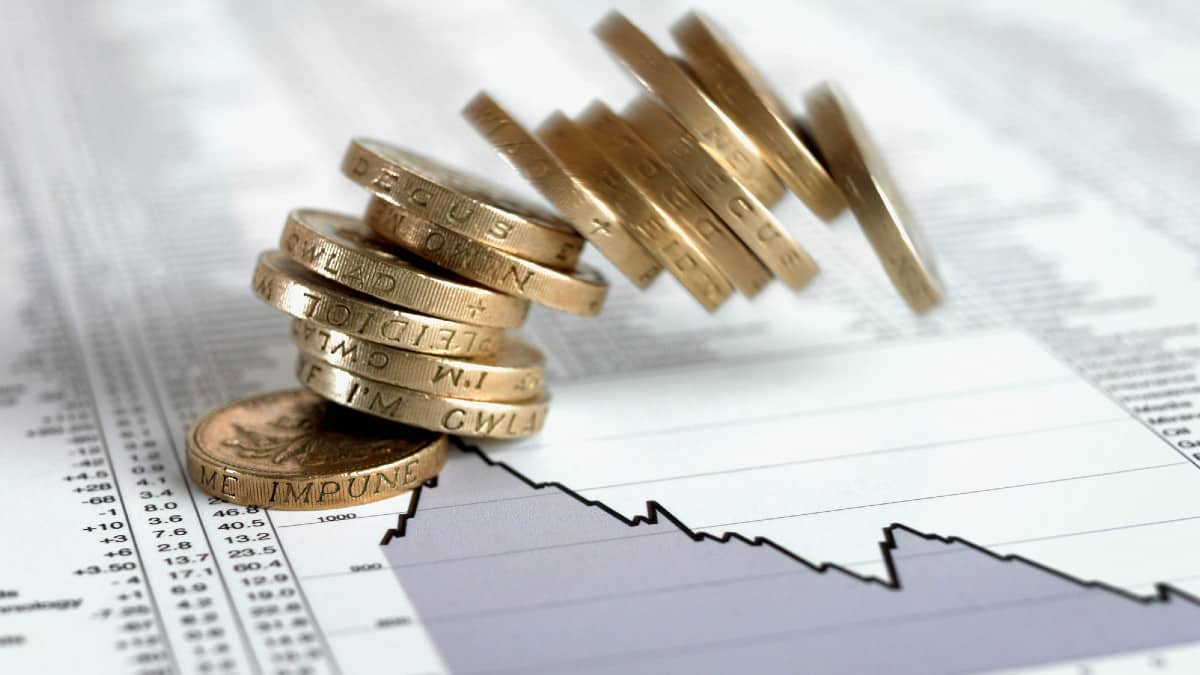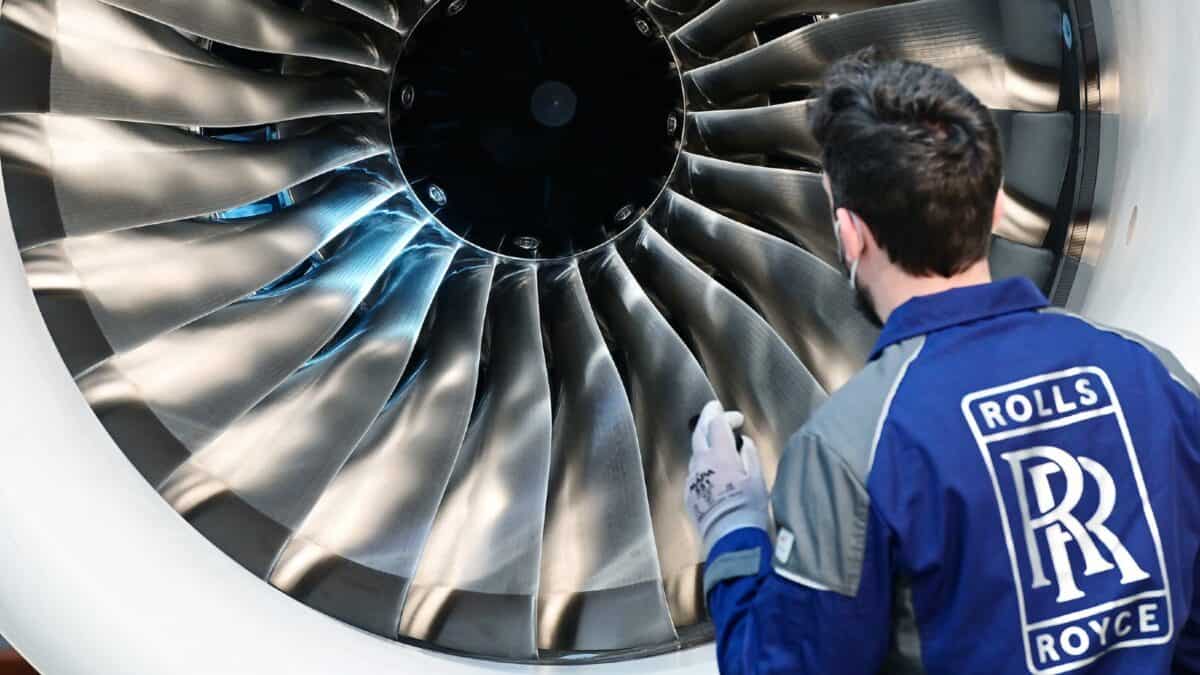Image source: Getty Images
Earlier this year, I decided to sell my holdings in Barclays (LSE:BARC). The stock had jumped above 200p and had hit fresh three-year highs. However, since then the Barclays share price has kept on rallying. It’s now up 82% over the past year at 256p. So did I make a terrible investing decision?
My thinking on Barclays
First let’s run through why I decided to sell the stock. I bought it at the start of the year when it was fundamentally undervalued. The price-to-earnings (P/E) ratio was around 5, half of the benchmark figure of 10 that I use.
The bank was struggling and in need of a shake-up. This was addressed in Q1, with a cost-cutting exercise and a focus on the more profitable areas of the company. Investors took this move well and the share price jumped.
I was able to see a high percentage gain on my shares in just under a year. Yet it reached the point where I thought that the size of the move looked a little stretched. The P/E ratio jumped (it’s now just under 10), making me feel the stock is now fairly valued.
Further, the Bank of England committee started to reduce interest rates. This could likely put pressure on the net interest margin for Barclays and reduce profitability into next year.
Finally, I felt like there were better opportunities for my money in the US, where companies were catching my eye with better growth prospects.
A continued rally
Since then, Barclays shares have kept rising. The share price is now at the highest level since autumn 2015.
A factor here was the strong Q3 results from late September. The business impressed investors with higher than expected net interest income, defying the thinking that this would start to fall. Further, a tight control of costs meant that profit before tax was £2.2bn, up from the £1.9bn from Q3 2023.
It’s true that the stock could keep going from here. I think we’d need to see inflation start to rise again, making the central bank keep interest rates higher for longer. Further, if the UK economy outperforms due to the new budget, Barclays should feel the benefit from higher spending and transactional acitivity.
Even though the P/E ratio is now close to a fair value, this doesn’t mean the share price can’t increase. The FTSE 100 P/E average ratio is 15.1. So there’s room for the ratio to increase more before it starts flashing overvalued.
The bottom line
Of course, I wish that I had made more money on my Barclays investment. That’s human nature. However, I stuck to my strategy of buying an undervalued stock and selling it when I thought it had returned to a fair value. From that perspective, I didn’t do anything wrong.
Credit: Source link














